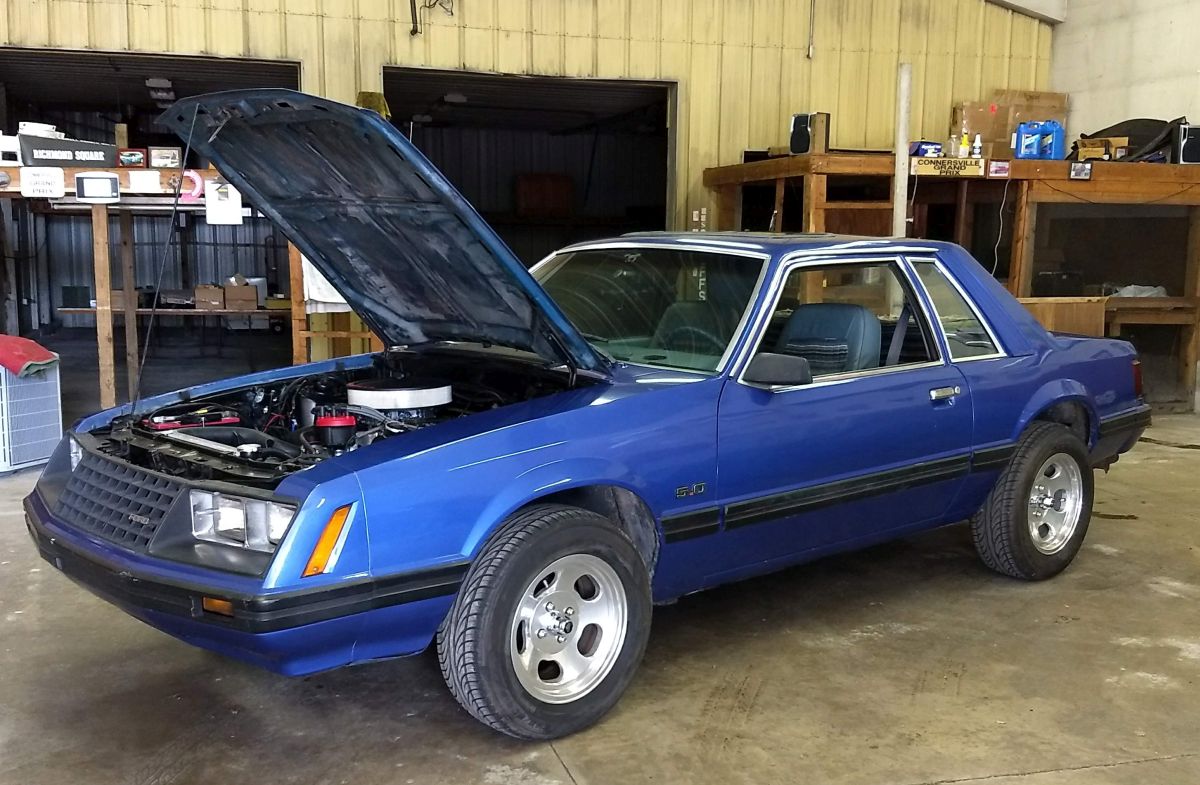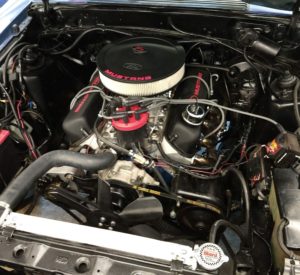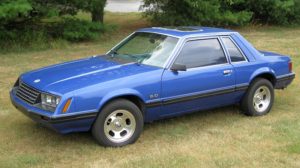
Stephen Cox Blog is Presented by McGunegill Engine Performance
Ford Motor Company built 128,893 Mustang coupes during the 1980 model year, making my Medium Blue Glow four cylinder example anything but rare. I bought the car when I was seventeen and it was my primary transportation for a decade. It now has nearly a quarter of a million miles on the odometer.
Since the car has little value, I figure there’s no point in selling it. I might as well rebuild the car with old car parts, into what Ford would and should have created had it not been for the interference of federal regulators. I started with the engine; the heart and soul of any automobile.

McGunegill Engine Performance of Muncie, Indiana has provided racing engines to short track champions for years. They’ve also modified and upgraded the engines of numerous classic cars including a 1967 big block Mustang. They know Fords and they were an easy choice to outfit my not-so-classic Fox body.
The Windsor small block has been associated with the Mustang since the mid 1960s and reflects the true spirit of the car, so it was chosen as our base engine block. Equipped with aluminum heads, 650 cfm four barrel carburetor, high flow exhaust headers, aluminum performance intake and more, the completed engine was 347 cubic inches and pegged 407 horsepower on the dyno at 5600 rpm’s.
Better yet, the little stroker motor offers plenty of low end grunt for street use. It peaks at 441 lb-ft of torque at 4600 revs and breaks 400 lb-ft of torque at just 3600 rpm’s. That power is transferred to the ground via Borg Warner’s Tremec five speed manual transmission. The engine runs on regular fuel from any gas station, although it does need a bit of STA-BIL brand fuel stabilizer with every fill up to prevent ethanol damage. A charcoal black Ford Performance engine dress up kit gives the engine bay an impressive, finished look.
I drove my first sixty miles in the car last week and the results were stunning. The engine lives up to McGunegill’s reputation. The low end torque pulls like a freight train, moving the 2700-pound pony car to mind-numbing velocities in an effortless fashion.
With the engine finished, we’re ready to move on to a desperately needed suspension upgrade. The current spring and shock system is original to the car. That means lots of chassis flex, soft springs and a spooky feeling for the driver at anything over 70 mph.
In the meantime, the car has an incredibly raw feel. The Steeda Tri-Ax shifter clunks into gear with authority. The straight pipe exhaust is deafening (mufflers coming soon). The vibration of the high compression race engine is felt through the steering wheel. The engine dislikes being asked to do much heavy lifting below 3000 revs, after which it springs to life in explosive fashion. The cockpit atmosphere actually feels more like the interior of my Super Cup stock car than it does a street machine.
And that’s fun. Until it’s not. Later suspension upgrades, mufflers and interior sound deadening will do wonders to cure that overly race car-ish vibe.
The new drive train is frighteningly fast, loud and exciting to drive. Between 25 and 70 miles per hour the engine and transmission bring the car to life in an amazing way.

There’s much work yet to be done for a finished restoration. But stage one is complete and appears to be an unqualified success.
Stephen Cox
Sopwith Motorsports Television Productions
Driver, FIA EPCS sports car championship & Super Cup Stock Car Series
Co-host, Mecum Auctions on NBCSN





